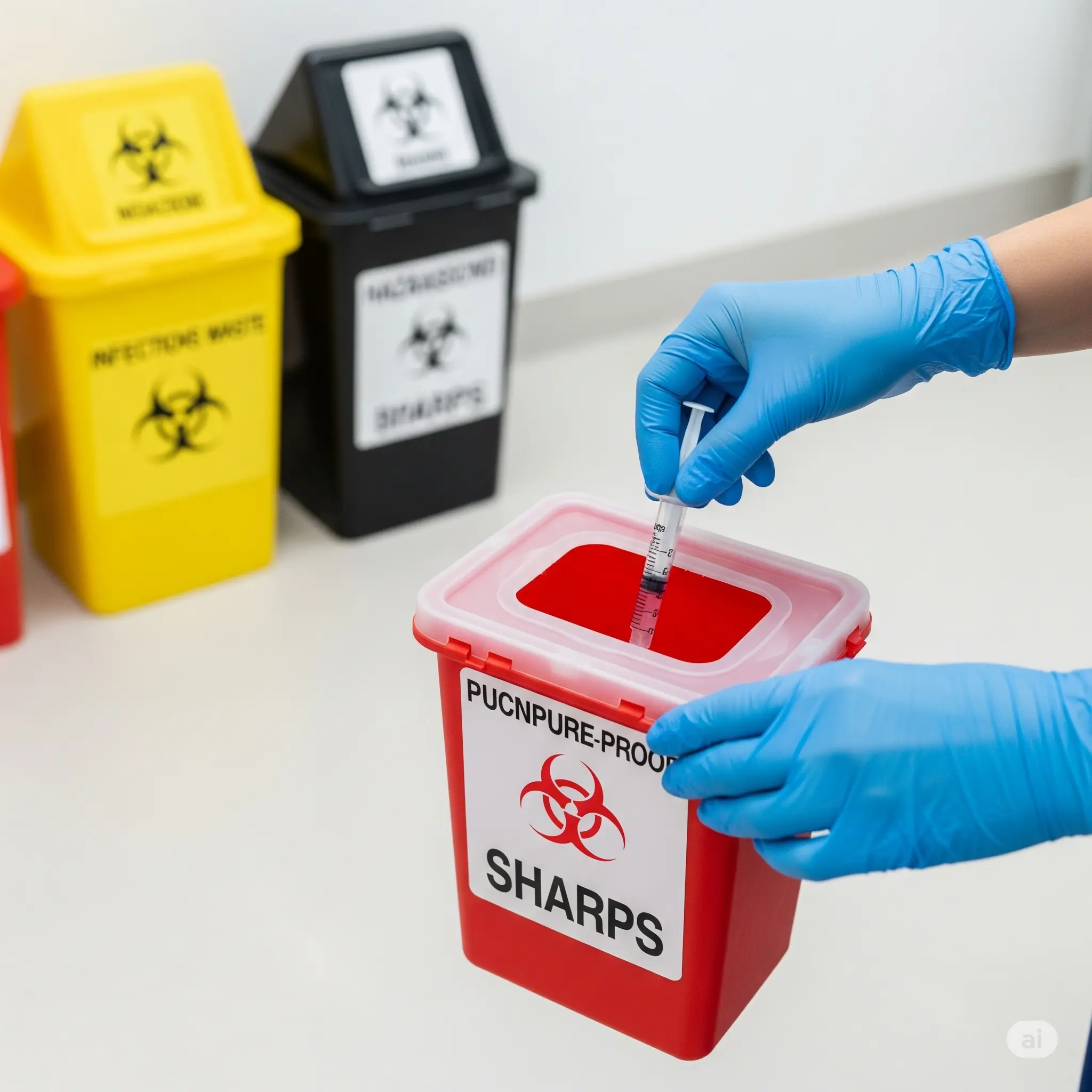For an industrial business in Malaysia, choosing a scheduled waste management partner is as critical as hiring a key executive. A great partner protects your company from legal and financial risk, enhances your operational efficiency, and safeguards your reputation. On the other hand, a poor one can expose you to heavy fines, environmental liabilities, and brand damage, underscoring the hidden costs of improper disposal.
Consequently, given the strict Department of Environment (DOE) regulations, navigating this decision can feel complex. To make the process simpler and help you make the right choice, we have developed this clear, actionable 5-point checklist for vetting any potential waste management partner.
1. The Non-Negotiable Foundation: Verify DOE Licensing and Compliance Record
This is the absolute first step and the most important criterion. A potential partner must be fully licensed by the(https://www.doe.gov.my/) to handle the specific waste codes your facility generates. There is no room for compromise on this point.
Furthermore, a credible partner will not only hold the necessary licenses but will also have a proven track record of compliance. They should operate with transparency and be able to provide you with all the necessary credentials. You should ask for proof of their licensing and inquire about their history with the DOE. A top-tier partner will offer “detailed documentation and reporting services to ensure businesses remain fully compliant,” making this a core part of their service, not an afterthought.
2. The Chain of Custody: Scrutinize Transportation and Logistics
The moment your scheduled waste leaves your facility, you don’t lose liability—you share it. Therefore, the security and compliance of your partner’s transportation process are critical.
For this reason, you need a partner who uses a “specialized fleet and trained personnel” for the safe and secure transport of hazardous materials. Your partner must equip their vehicles properly for spill containment, and their drivers must be trained in emergency response procedures. You should also inquire about their logistics: Do they use GPS tracking? What protocols are in place to ensure a secure and documented chain of custody from your site to the final disposal facility?
3. The Final Destination: Evaluate Treatment and Disposal Technology
It is not enough to know that your partner is taking your waste away; you must know precisely where it is going and how they are treating it. A responsible partner will be transparent about their disposal methods and facilities.
You should look for a provider that operates or partners with “state-of-the-art facilities for the treatment and final disposal” of scheduled waste. The ultimate goal should always be to minimize environmental impact. Ask them to explain their methods. For instance, do they use secure landfills, high-temperature incineration, advanced chemical treatment, or recovery processes? If a partner refuses to provide clear answers about the final destination of your waste, it’s a major red flag.
4. The Paper Trail: Demand Comprehensive Reporting and Support
In the eyes of the DOE, if it isn’t documented, it didn’t happen. Proper documentation is your ultimate proof of compliance and your primary defense in an audit.
As a result, your waste management partner must provide “detailed documentation and reporting” as a standard part of their service. This includes waste collection manifests, consignment notes, and certificates of disposal. This paper trail is essential for your internal records and for demonstrating full compliance to regulatory bodies. Finally, ensure that their reporting process is timely, accurate, and aligns with all DOE requirements.
5. Beyond a Vendor: Vetting the Expertise of Your Scheduled Waste Management Partner
The final point separates a simple vendor from a true strategic partner. A vendor picks up your waste. In contrast, a partner helps you manage it more effectively. The evolution of the waste management industry means that the best providers are no longer just service vendors but have become integrated partners who offer strategic advice.
The Value of a Consultative Approach
Specifically, this shift is evident in their process. A transactional vendor simply waits for your call. A strategic partner, however, begins the relationship with a “thorough assessment of your facility’s waste streams”. This consulting approach demonstrates a deeper level of expertise and a commitment to understanding your specific challenges, complementing your own on-site waste management duties. It allows them to develop a “customized management plan” tailored to your operational needs and compliance requirements. This initial assessment is a clear indicator that you are engaging with a partner invested in your success, not just in completing a transaction.
To help you in your vetting process, use the following table to compare potential partners.
| Vetting Area | The Gold Standard (What to Look For) | Key Questions to Ask Potential Partner | Red Flags to Watch For |
| DOE Licensing | Valid DOE license for all your specific waste codes; a clean compliance history. | “Can you provide a copy of your current DOE license and a list of the waste codes you are authorized to handle?” | Hesitation to provide documentation; vague answers about their license status. |
| Transportation | Specialized, GPS-tracked fleet; drivers trained in hazardous materials and emergency response. | “What is your emergency response plan for transportation incidents? How do you ensure a secure chain of custody?” | An old or poorly maintained fleet; no formal driver training program. |
| Treatment & Disposal | State-of-the-art, licensed facilities; transparent processes that minimize environmental impact. | “Where will our waste be treated? Can you describe the disposal method for each of our waste streams?” | Secrecy about disposal sites; inability to explain treatment processes clearly. |
| Reporting | Comprehensive, accurate, and timely documentation (e.g., manifests, disposal certificates). | “What is your standard reporting process? Can we see a sample of your compliance documentation?” | No formal reporting system; reports are incomplete or consistently late. |
| Partnership & Expertise | A consultative approach that begins with a site assessment to create a custom plan. | “What is your process for onboarding a new client? Do you conduct a site assessment?” | A purely transactional focus; a one-size-fits-all service model. |
Export to Sheets
Conclusion: Making the Right Choice for Your Business
Choosing your scheduled waste management partner is a decision with significant consequences. By using this 5-point checklist, you can carefully check your options and select a partner that not only meets but exceeds the standards for compliance, safety, and reliability. The right partner protects your business, while the wrong one introduces unacceptable risk.
At Ridge Amber, our process is built on these principles of compliance, safety, and partnership. It begins with a comprehensive site assessment to understand your unique needs and see the difference a true partner can make.




